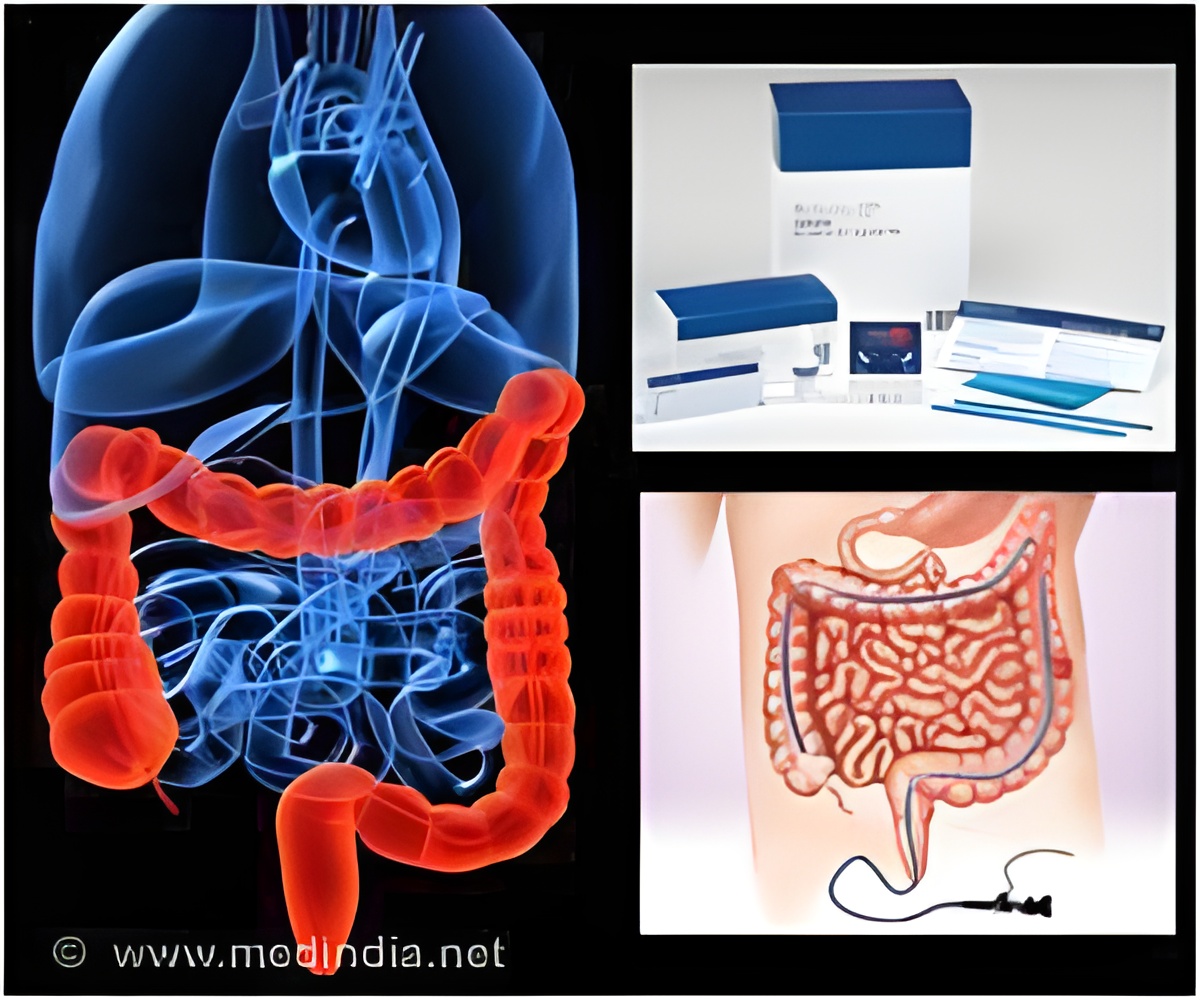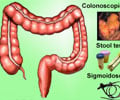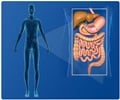
"Routine measurement is not taking place, primarily because of the inconvenience and expense. Measuring adenoma detection rates and other quality measures typically requires manual review of colonoscopy and pathology reports. To address the difficulty in measuring physician quality, wedeveloped the first NLP–based computer software application for measuring performance on colonoscopy quality indicators," said study lead author Ateev Mehrotra, MD, MPH, University of Pittsburgh, School of Medicine. "Our study highlights the potential for NLP to evaluate performance on colonoscopy quality measures in an inexpensive and automated manner. This type of routine quality measurement can be the foundation for efforts to improve colonoscopy quality."
Colonoscopy is a cost-effective and common method of screening for colorectal cancer. However, colonoscopy may be imperfect in screening because, among other reasons, physicians miss adenomas, the precursors to colorectal cancer. There is great variation among physicians in the proportion of colonoscopies in which an adenoma is found as well as variations in other aspects of colonoscopy quality. This has led gastroenterology specialty societies to call for physicians to regularly monitor their performance on colonoscopy quality measures so that care can be improved.
MethodsThe researchers' objective was to demonstrate the potential applications for and the efficiency of NLP-based colonoscopy quality measurement. In a cross-sectional study design, they used a previously validated NLP program to analyze colonoscopy reports and associated pathology notes. The resulting data were used to generate provider performance on colonoscopy quality measures. Nine hospitals in the University of Pittsburgh Medical Center health care system participated in the study. The study sample consisted of 24,157 colonoscopy reports and associated pathology reports from 2008 to 2009. Main outcome measurements were provider performance on seven quality measures: American Society of Anesthesiologsts (ASA) classification indicated; informed consent documented; quality of bowel preparation described; cecal landmarks noted; adenoma detection; withdrawal time documented; and biopsy taken for chronic diarrhea.
ResultsPerformance on some colonoscopy quality measures was poor, while others were at benchmark levels, and there was a wide range of performance. Across hospitals, the adequacy of preparation was noted overall in only 45.7 percent of procedures (range 14.6 percent-86.1 percent across nine hospitals), cecal landmarks were documented in 62.7 percent of procedures (range 11.6 percent-90.0 percent), and the adenoma detection rate was 25.2 percent (range 14.9 percent-33.9 percent).
The researchers concluded that the study results highlight the potential of NLP to measure performance on colonoscopy quality measures. The NLP tool efficiently analyzed a large sample of colonoscopy reports. They stated that the findings demonstrate that there is clear variation in performance, even within a highly regarded academic health care system. Across the nine hospitals, there was almost a threefold variation in the adenoma detection rate. The variation in performance for other quality measures among physicians was even greater in some cases.
Advertisement
In an accompanying editorial, John C. Deutsch, MD, Department of Gastroenterology and Cancer Center, Essentia Health Systems, Duluth, Minn., stated, "I commend the authors for their efforts at trying to develop a method for extracting quality measures from endoscopy and pathology reports. Using a computer to retrieve information based on language and histology seems like a valuable endeavor."
Advertisement












